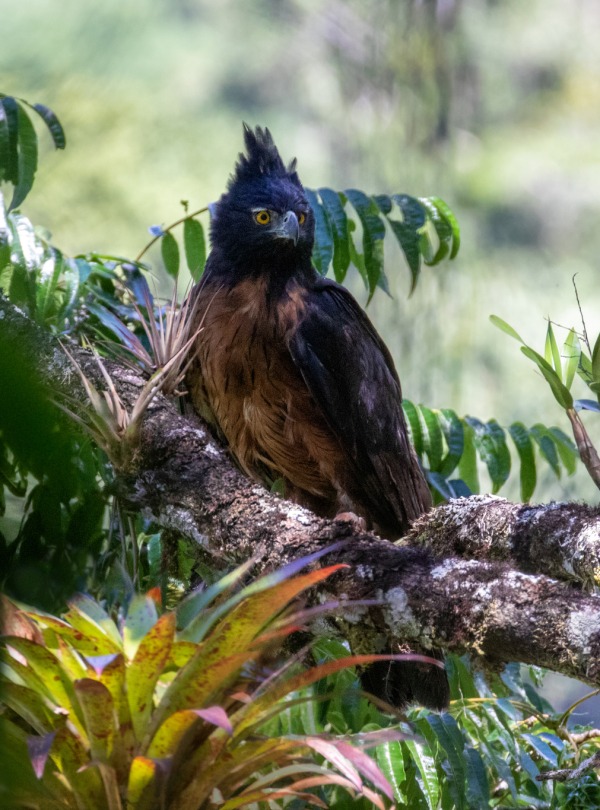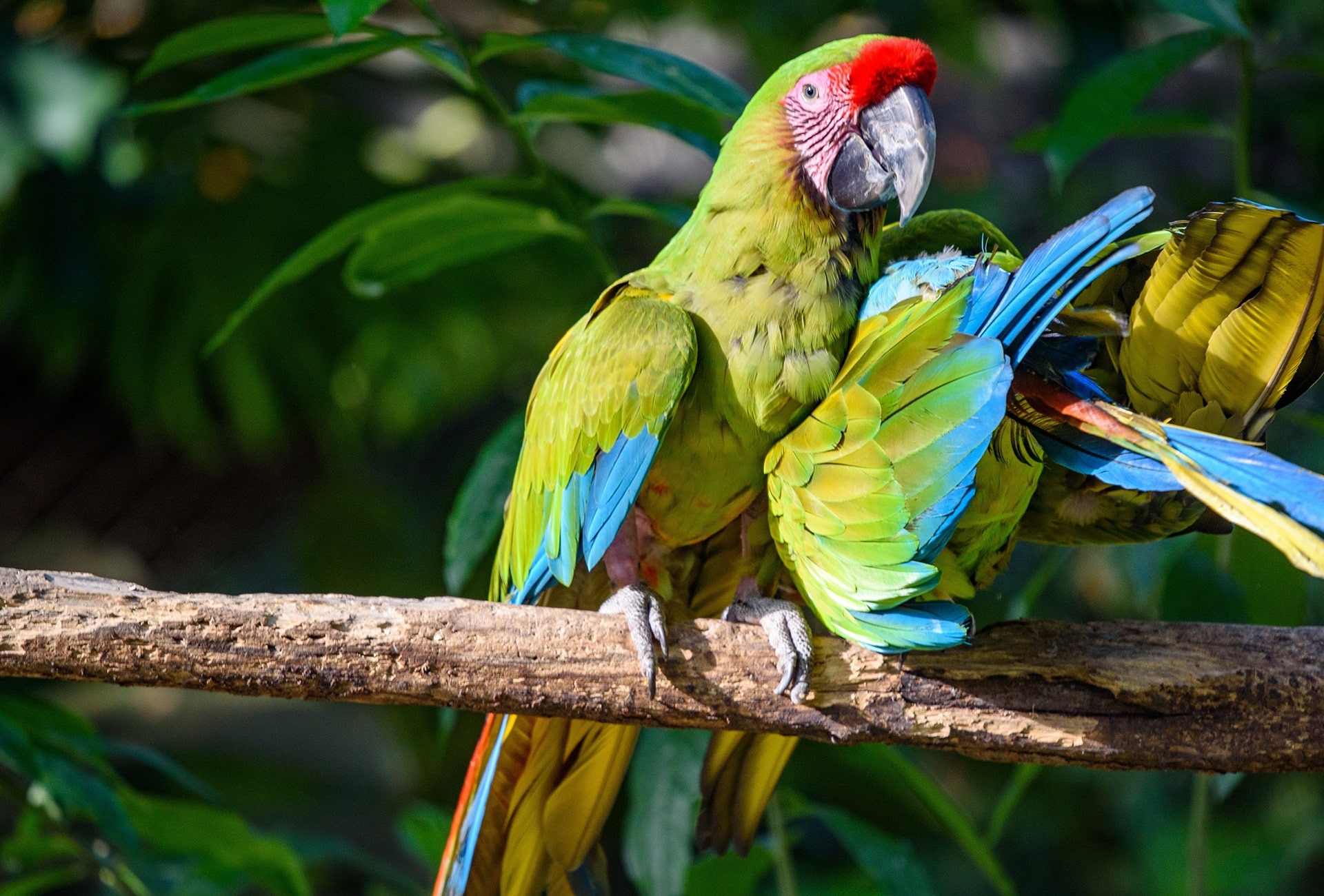
Save Critical Habitats: Protect Key Biodiversity Areas in Peruvian Andes
DONATE NOWDONATE NOWRoad construction and slash-and-burn agriculture threaten pristine forests in the Peruvian Andes that hold an exceptional diversity of bird, amphibian, and orchid species.
-
Species at Risk
Black-and-chestnut Eagle (EN), Andean Bear (VU), Military Macaw (VU), Blue-headed Macaw (VU), Lemon-browed Flycatcher (VU)
-
Carbon stored
36,996,870 mT*
*(metric tons of CO2 equivalents) -
Partner
Instituto del Bien Común (IBC)
-
170,000 Proposed Acres Conserved by
Designation
-
Project Cost: $905,305
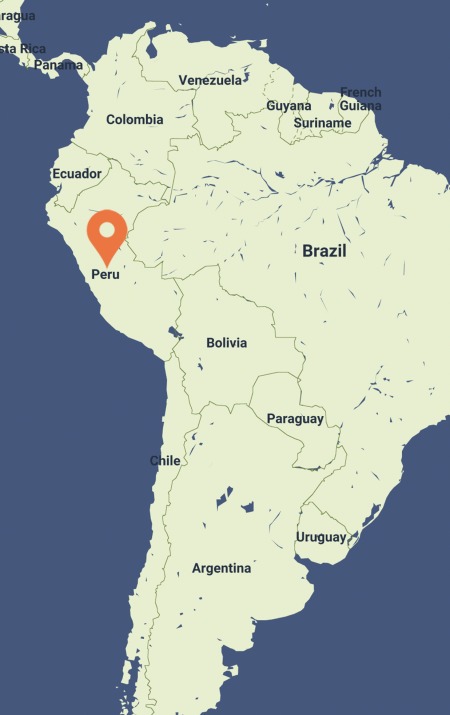
170,000
Road construction and slash-and-burn agriculture threaten pristine forests in the Peruvian Andes that hold an exceptional diversity of bird, amphibian, and orchid species.
-
Species at Risk
Black-and-chestnut Eagle (EN), Andean Bear (VU), Military Macaw (VU), Blue-headed Macaw (VU), Lemon-browed Flycatcher (VU)
-
Carbon stored
36,996,870 mT*
*(metric tons of CO2 equivalents) -
Partner
Instituto del Bien Común (IBC)
-
170,000 Proposed Acres Conserved by
Designation
-
Project Cost: £718,496

170,000
Did you know?
of the biodiverse primary forest in the proposed project area remains intact
In Peru, an important ecological transition zone exists between the Amazon rainforest and the grasslands and shrublands on the slopes of the Andes mountains. This Central Andes mountain region holds the spectacular Peruvian Yungas (tropical broadleaf forests) and the Ucayali Moist Forests in the Ucayali River basin, a major branch of the Amazon. Rich in biodiversity, the region is home to threatened wildlife species such as the Lemon-browed Flycatcher, Black-and-chestnut Eagle, Andean Bear, Blue-headed Macaw, and Military Macaw, among many others.
Due to the imminent threat of encroachment by colonists with the associated road construction and destructive slash-and-burn agriculture, the regional government of the Huánuco district is promoting protection of pristine forest remnants. Rainforest Trust and our partner, Instituto del Bien Común (IBC), are supporting the designation of a Regional Conservation Area called Oso Mayo-Milpo comprising 170,000 acres of primary forest that is 85 to 90% intact.
The proposed new conservation area ranges from 4,000 to 13,800 feet in elevation, offering a variety of habitats for imperiled species among the cloud forests, gorges, and magnificent waterfalls. A previous biodiversity inventory of three Key Biodiversity Areas that overlap this site will be updated and is expected to affirm an exceptional diversity of orchids, birds, and amphibians.
Header photo: Military Macaws, by Alejandro Sanchez Ortiz
Explore the Forests of the Central Andes
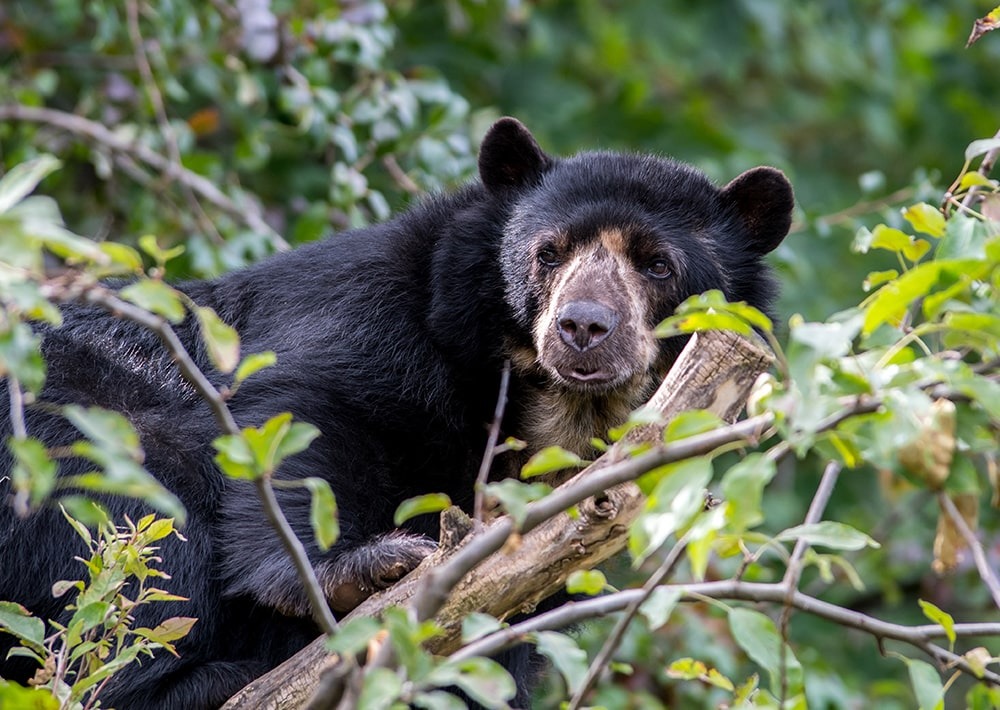
Andean Bear, by Doubleclix
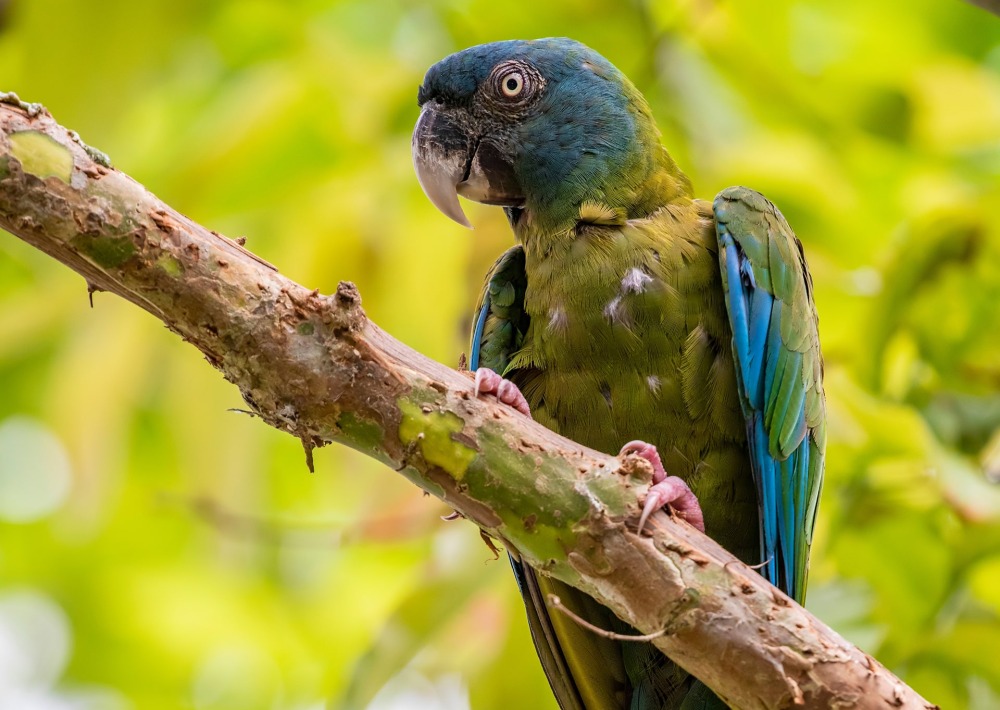
The Blue-headed Macaw, by Danny Ye
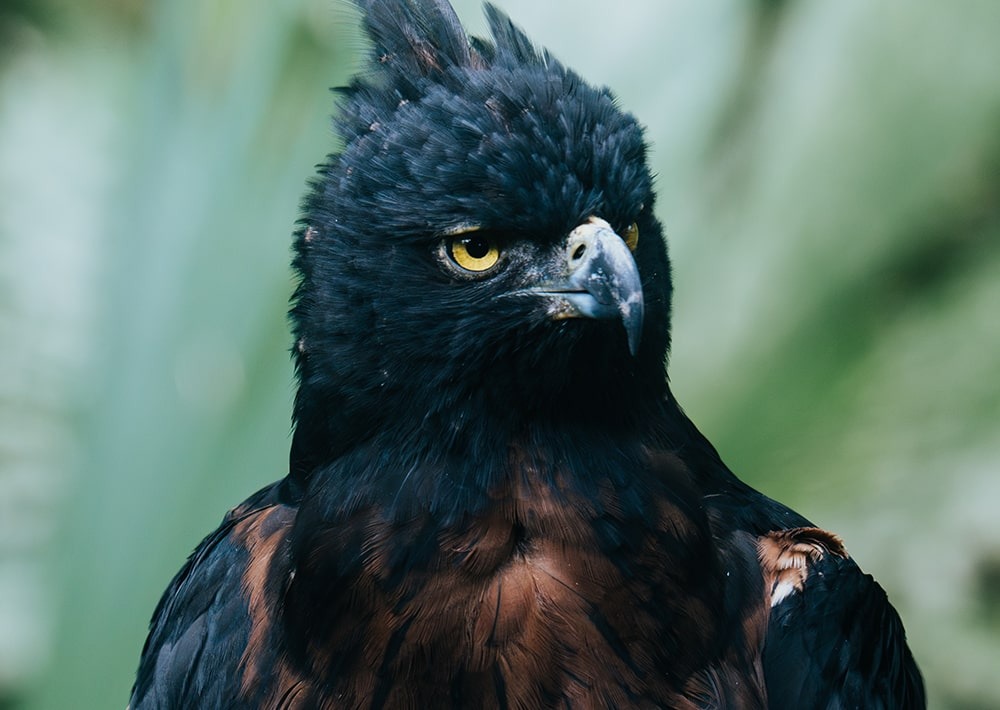
Black-and-chestnut eagle, by Camilo Robayo
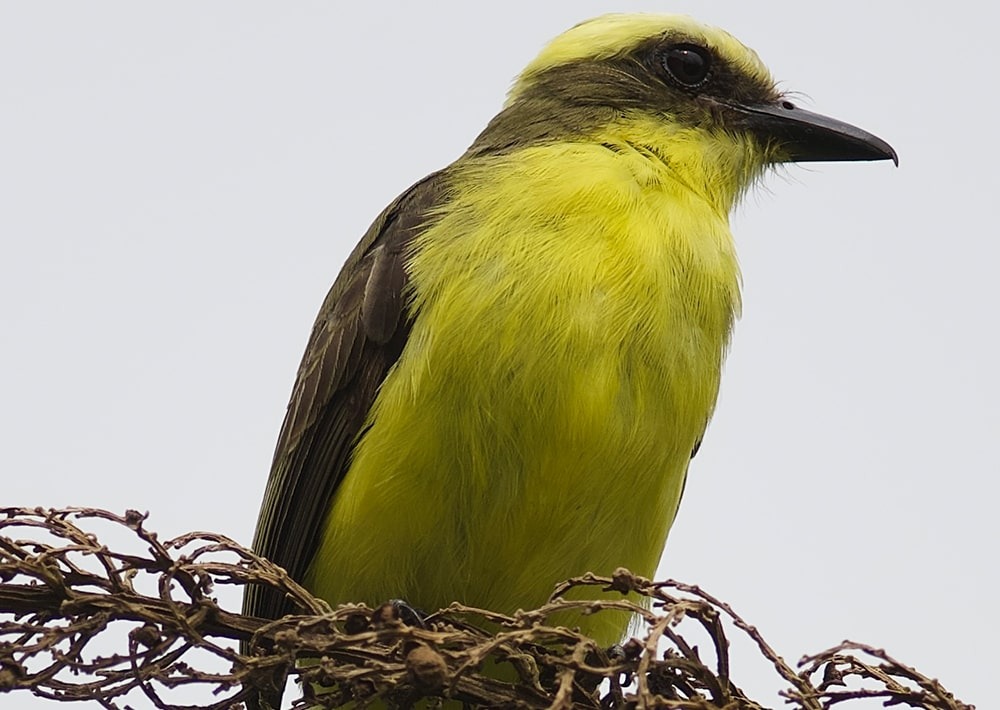
Lemon-browed Flycatch, by Brandon Trentler
Fortify a Vast Conservation Corridor in Peru
The new Oso Mayo-Milpo Regional Conservation Area will strengthen ecosystem connectivity in the Carpish–Yanachaga corridor of 2.8 million acres that includes three national protected areas. It will safeguard tree and wildlife species in high-elevation, montane forests and gnarled, dwarf, “elfin forests,” both of which lie above 6,500 feet in elevation and are underrepresented in protected area networks in Peru.
Secure the Customary Rights of Indigenous Peoples
Indigenous communities settled in areas surrounding the conservation area will be consulted throughout the designation process, and they will retain access rights to the medicinal plants, timber, and other natural resources they use for subsistence. The designation will also protect sacred sites—like the outstandingly beautiful Torres Jirca (Tower Mountain)—that are important to Indigenous communities’ identity and culture.
LEARN MORE ABOUT THIS PROJECT >>
Conservation work is critical, challenging, and can be costly. We work hard to ensure we raise only the funds needed for each project. In the rare case we raise more money than needed or a project comes in under budget, excess monies will be transferred to the Conservation Action Fund. This fund supports our important conservation work throughout the tropics.
Project Modifications
Rainforest Trust conducts extensive research and due diligence on each of the projects that we support, so that once a project is offered for public support we believe it will succeed. We work closely with our project implementers, offer support, and regularly monitor their progress. Given the nature of the work, projects may not progress exactly as intended and may be unable to meet all objectives. To respond dynamically to the needs of our project implementers and the realities of the landscapes in which they operate, Rainforest Trust expressly reserves the right to modify a project as it deems necessary, provided that donor intent is honored by ensuring that that the original project objectives are diligently pursued and that project funds continue to benefit the landscape and species identified in the project overview. Project modifications that we may need to make in certain circumstances include the specific project implementer, the size of the landscape to be protected, the type of protection to be afforded to the landscape, and the development of sustainability mechanisms.
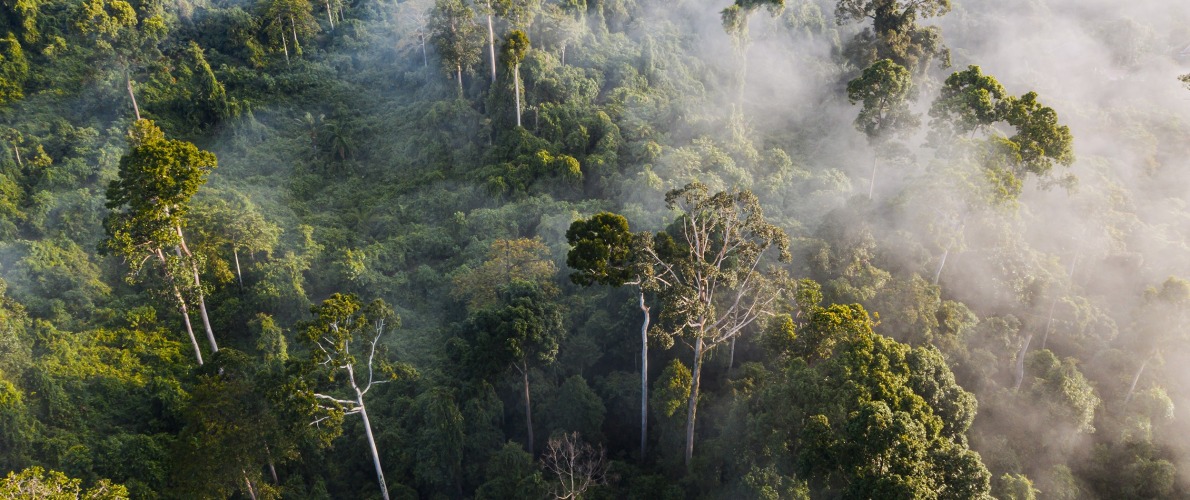
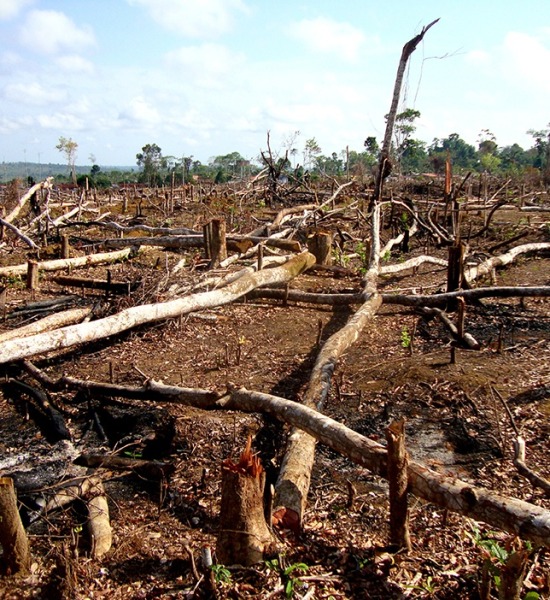
Protect High-carbon Forests from Illegal Mining and Coca Cultivation
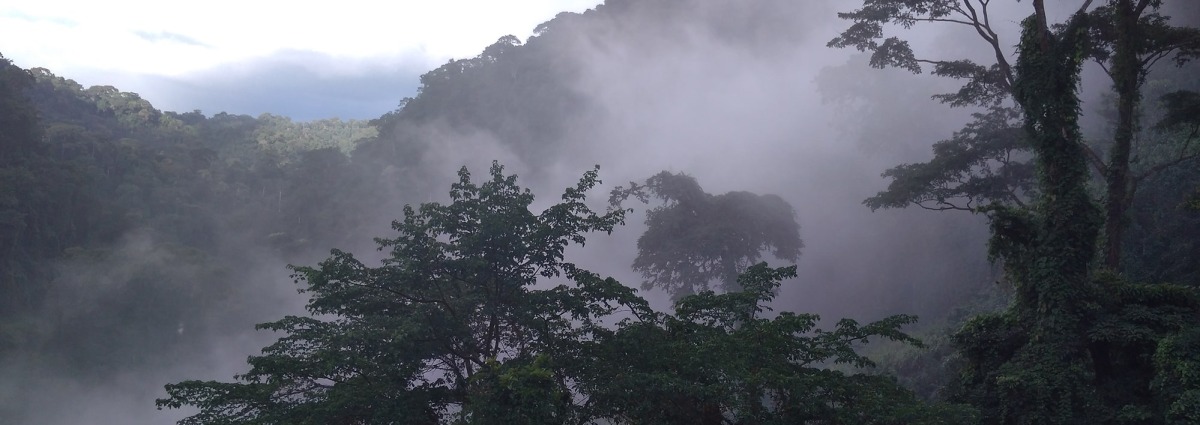
Partnering to Save Rainforest
Our partners’ ability to work with their governments and build strong connections with local communities ensures the successful implementation of our projects.
Learn More About This PartnerLearn More About This Partner
